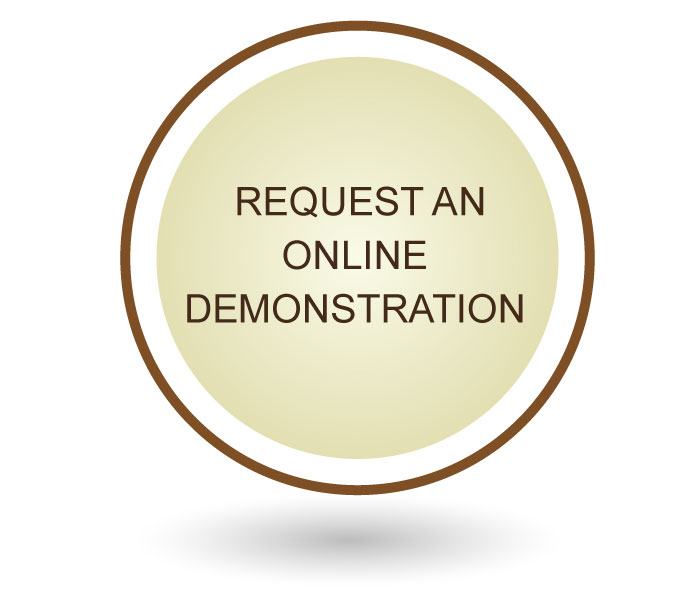Cataloging System For Museums

 Contemporary museums are facing a number of challenges. Every day they need to coordinate and carry out different activities – from registering new objects, through documenting and administering collections and exhibitions, to managing the work process. All these tasks could be automated with the help of the cataloging system.
Contemporary museums are facing a number of challenges. Every day they need to coordinate and carry out different activities – from registering new objects, through documenting and administering collections and exhibitions, to managing the work process. All these tasks could be automated with the help of the cataloging system.
Purpose
The museum system could be used for describing collection of all types - historical, anthropological, ethnographic, natural science, paleontological, etc.
Use
The computer cataloging system is suitable for both – small municipality museums and big regional and national museums.
It could be used by:
• museum directors and curators;
• museum collections managers;
• the technical team of the museum;
• marketing and PR managers;
• students and tutors.
Brief description
With the museum system you are entering and storing a variety of data about:
• the objects, the artists, the donors, and the publishers, related to them;
• physical and geographical places;
• date and acquisition details;
• value;
• storage location and borrowings;
• audio-visual documentation (pictures, video, audio, PDF);
• inventory number;
• physical characteristics;
• storage and conservation;
• any other contextual information.
Once created, one element could be used for cataloging of other elements. Their structure is hierarchical, and therefore, practically limitless.
The platform also creates bonds between the separate entries, which leads to better description of their relationships.
The media presentations of museum objects consist of only one file but they could be categorized, according to the administrator’s preferences. Thus, it becomes possible to put marks, labels, inscriptions and restrictions of the information, related to the objects.
Results
With the help of the museum system you can:
• organize and maintain high-quality documentation;
• effectively administer collections;
• preserve high volume of information;
• optimize the work process;
• promote important museum activities.